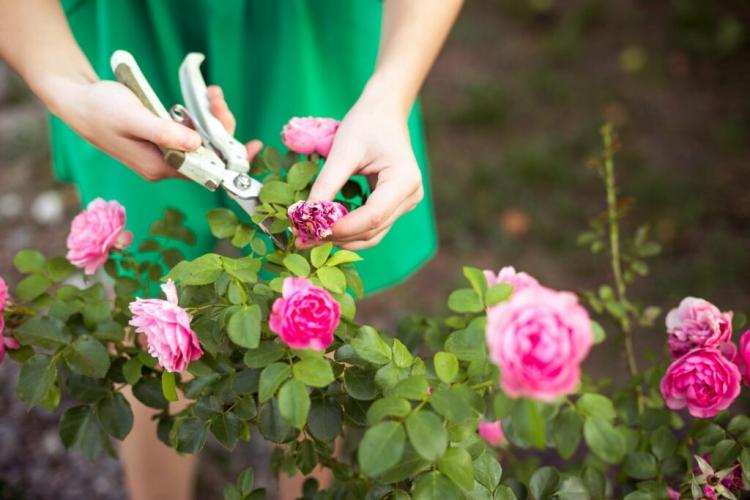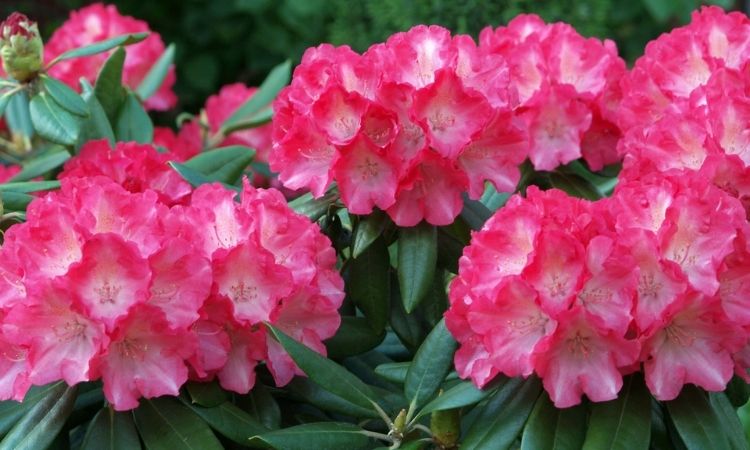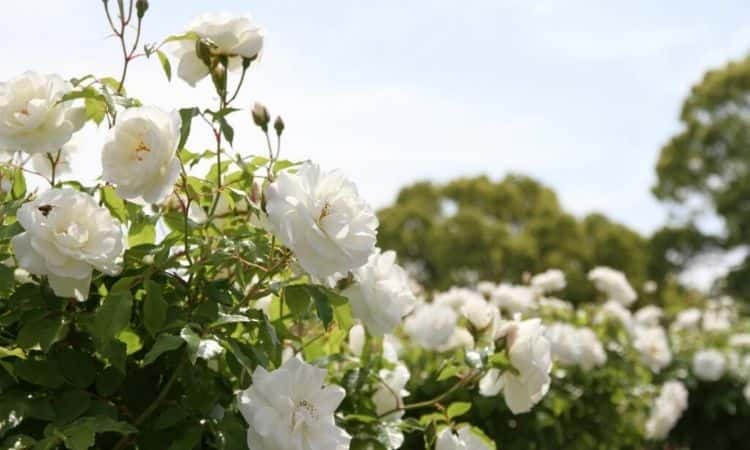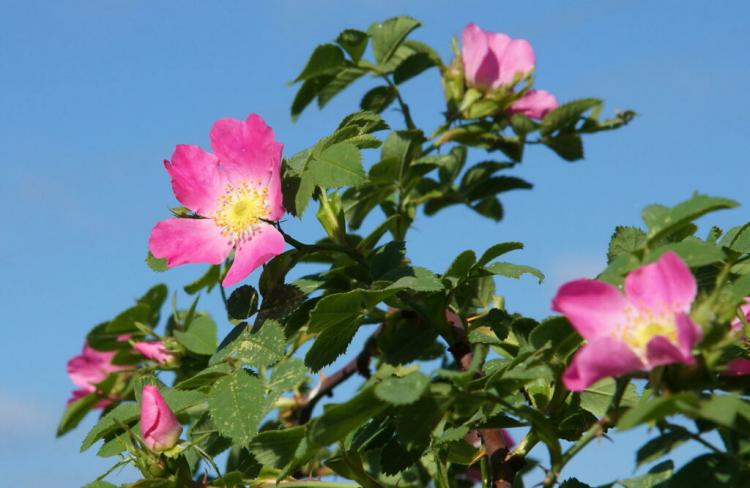Rose Care: All You Need To Know From Fertilizing To Cutting
Only those who optimally care for their roses will be rewarded with beautiful flowers. Here you can find out everything you need to know about caring for roses – from pruning to fertilizing.
Roses ( Rosa ) should not be missing in any garden or balcony, because the pretty flowers are a real eye-catcher in summer. But only a healthy rose that is completely comfortable will reward you with a rich bloom. In addition to regular watering and fertilizing, the right pruning of roses is crucial for successful cultivation. In areas with a harsh climate, you should also use frost-hardy varieties and, if necessary, take special protective measures so that your rose can get through the winter well. If you follow a few basic rules when caring for your rose, it will certainly flourish wonderfully and develop its full bloom.
In the following, we will explain to you how to properly water, fertilize and cut your roses. We have also summarized the most important points about overwintering roses and caring for roses in pots.
Watering roses
Table of Contents
Roses don’t like it too dry or too wet. It is, therefore, best to choose a sunny, airy location for your darling so that the moisture does not build up and the development of fungal diseases is prevented. It is also best to water your rose early in the morning and be careful not to wet the upper parts of the plant with water. Young rose plants in particular need to be watered regularly. The soil of older plants should always be moist. In our special article, we explain what else you need to consider when watering roses.

Cut roses
It is best to carry out the basic pruning for roses in spring (March / April) before they sprout. The strength of the pruning depends above all on the growth form of the roses. Low-growing bed roses, for example, should be cut back to three healthy shoots with three eyes. With fast-growing bed roses, you can leave about five shoots with five buds each.
Smaller pruning measures to remove withered flowers and broken shoots can also be carried out on roses during the growing season. It is also sensible to remove diseased parts of the plant to avoid the spread of fungal diseases. General rules for cutting roses as well as precise instructions for cutting climbing roses, standard roses and Co. can be found in our special article.
Fertilize roses
Roses are among the heavy eaters, which is why regular fertilization is essential. The first application of fertilizer in spring (March / April) with compost or an organic long-term fertilizer, which was specially developed for roses, helps the plant to sprout again. Second fertilization can then be carried out at the beginning of the flowering phase at the end of May.
Rose varieties that bloom more often receives final fertilization during the main bloom at the beginning of July. Later in the year, however, you should not resort to fertilizer so that the newly formed shoots mature by winter. Ideally, you should use a fertilizer with an organic long-term effect for your roses. This is slowly decomposed and thus provides your rose with sufficient nutrients in the long term. The best way to fertilize your roses is explained in detail in our special article.
Hibernate roses
To ensure that your rose gets through the winter well, some protective measures must be taken. It is best to only put on the winter protection when a frost period is in sight. In addition, remove old inflorescences and leaves beforehand. And the leaves on the ground should also be removed. Then pile up the earth about 20 cm high and put fir green between the shoots. Special garden fleeces, jute sacks, and bamboo mats are also available to isolate tall tree roses. You will find detailed instructions in this article so that nothing really goes wrong when your roses are overwintered.
Caring for roses in the pot
Smaller roses with a compact growth can be grown wonderfully in pots on the balcony or terrace. Compared to exposed specimens, potted roses require a relatively large amount of water. When the surface of the substrate has dried out, it is high time to water it. To avoid waterlogging, it is best to introduce a drainage layer made of potsherds or expanded clay when planting. For a sufficient supply of nutrients, it is best to give your rose liquid fertilizer with the irrigation water every two weeks. On the other hand, if you prefer to use a long-term fertilizer, two to three applications over the course of the year are sufficient.
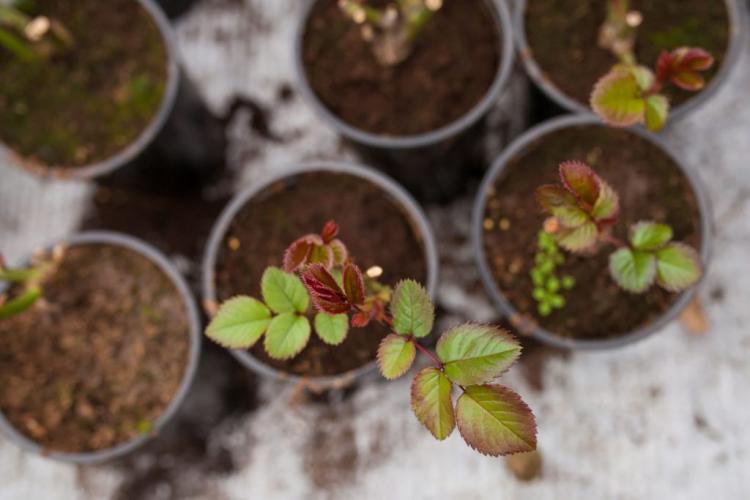
In winter, the roots in particular need special protection. It is, therefore, best to place the pot on a styrofoam plate to avoid direct contact with the ground and wrap it with a thick layer of insulation material. If permafrost is not to be expected, your potted rose can simply overwinter in a sheltered place outdoors. We have put together further information on the subject of “roses in pots” for you here.
When you have read this article, you are already well prepared and can support your roses in their development with optimal care. If you still haven’t had enough, you can find out exactly how to take care of climbing roses here.
